The Oslo Viking Sword (#1308)


10th – 11th Century A.D.
Inspirational piece, Viking culture.
Skillfully crafted from 5160 High Carbon steel. The Oslo Viking Sword is an inspiring Medieval weapon. Authoritative, vibrant and rugged, the Oslo Viking sword is well-balanced and a fierce Viking weapon of choice. Inspired by the remains of a 10th C. Viking hilt with elaborated serpentine motifs, the sword remains faithful to its historical counterparts.
With the sword at the core of Viking history, we engineered the Oslo Viking sword for the most brutal use. Vivid and resilient, the Viking sword is built to last ! (read more…)
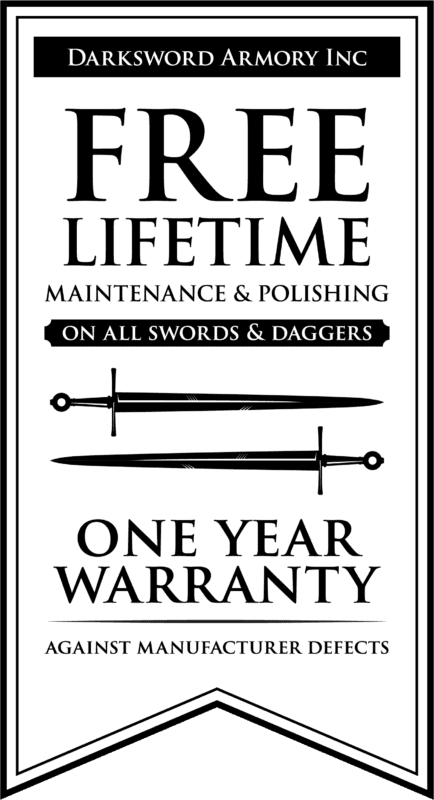 5160 High Carbon Steel
5160 High Carbon Steel
Total length: 36″
Blade length: 30″
Carved Ebony Grip: 4″
Blade width at base: 2″
Weight: 3lbs
970.65 CAD – 1,193.54 CAD

Viking art, in all its sophistication, presents a striking contrast with the stereotype of the rude and restless barbarian. Viking craftsmen excelled in woodworking, metalworking and weapons making with abstracted animal forms. Many Viking weapons and ships bore elaborate patterns of interlocking anthropomorphic figures. Runic texts and complementary scenes were frequently inscribed on stone. The Viking love of riddling phrases and schemes of rhyme yielded a rich poetic tradition and tales of mythic events.
The Vikings are among the most celebrated warriors of human history. Not the least due to their own stories and Sagas of epic battles and heroic deeds. For centuries, the Vikings raided and colonized wide areas of Europe. They reached North America centuries before Columbus and traded as far as modern day India. These Danish, Norwegian, and Swedish warriors were prompted to undertake their raids by a combination of socio-political factors and overpopulation. As a result, Norse culture permeated all of Western Europe and greatly influenced the development of many modern nations.
At the center of this fierce nomadic culture, stood the Viking sword. No object was praised more among the Vikings than the sword. While other Viking weapons, such as the axe or spear, were important mainstays of Viking martial life, the sword was viewed with special reverence – not only for its utility in combat, but also due to the incredible skill involved in their construction. Smithing the long, tempered blades with the technology available at the time was tremendously difficult, and the evolution of the Viking sword is a testament to the Viking smiths’ steady growth in expertise.
This evolution was first described by Dr Jan Petersen, a Norwegian archaeologist who lived in the late 19th and early 20th centuries. Petersen studied the development of Viking sword smithing and published his results in his dissertation, “The Norwegian Viking Swords: A Typological-Chronological Study of Viking Age Weaponry.” This revolutionary typology was the first of its kind, and laid the groundwork for later typologies (such as Ewart Oakeshott’s typology of the medieval sword).
Petersen’s typology traces the ascension of the Viking sword from its humble beginnings – the Type A, a flat, simple broad blade that existed at the end of the Frankish dynasty known as the Merovingian period and early Viking Age (from roughly 700-800CE). Early Types, such as Types B and C, contain double-edged and single-edged examples. Later examples were primarily double-edged and distinguished mainly by differences in the hilt – once established, the Viking blade varied little in the later years of the era.
The Darksword Armory Oslo Viking Sword is based on these later examples, and most closely resembles the Petersen Type D (primarily used from 850-900 AD). Unlike later medieval swords which were used for cut-and-thrust, Viking swords were designed primarily for slashing – this was to counter the leather armour of the time, which allowed swords to be devastatingly effective on the battlefield. Chain links would part beneath the heavy blows this weapon could inflict, and lesser armored opponents would be helpless against such blades.
Like most Viking swords (which Oakeshott would later lump together under Type X in his typology), the sword has a rugged broad blade of medium length (avg. 31″) with a wide fuller fading at the tip. This transfers much of the weight towards the tip of the blade, producing a high point-of-balance and giving the sword tremendous chopping power.
As in the later examples of Petersen’s typology, the hilt is the biggest differentiating factor – and while crafting the solid bronze guard and pommel, the essence of the Viking heritage was carefully honored. Norse knotwork – a consistent feature of Viking culture – is skillfully imbued into the bronze guard using the lost wax process with designs are based on historical examples. The grip is meticulously engraved solid ebony.
Skillfully crafted from 5160 High Carbon steel, the Oslo Viking Sword is an inspiring weapon. Authoritative, vibrant and rugged, the Oslo Viking sword is well balanced and a fierce Viking weapon of choice. Inspired by the remains of a 10th C. Viking hilt with elaborated serpentine motifs, the sword remains faithful to its historical counterparts.
The sword has always been at the core of Viking history. As a result, we engineered the Oslo Viking sword for the same kind of brutal use that the original historical examples would have been put to. Vivid and resilient, the Oslo Viking sword is built to last.
5160 High Carbon Steel
Deferentially Hardened to a Rockwell of 60 At the Edge Tempered to a Rockwell of 50 at the Core
Total length: 36″
Blade length: 30″
Carved Ebony Grip: 4″
Blade width at base: 2″
Weight: 3lbs

4 reviews for The Oslo Viking Sword (#1308)
Add a review Cancel reply
This site uses Akismet to reduce spam. Learn how your comment data is processed.
Related products
Fantasy Swords
Medieval Swords
Arming Swords
HEMA Swords, WMA Swords and Weapons
Medieval Swords
Broadsword
Fantasy Swords
Fantasy Swords
Medieval Swords
Medieval Swords
Arming Swords
Fantasy Swords



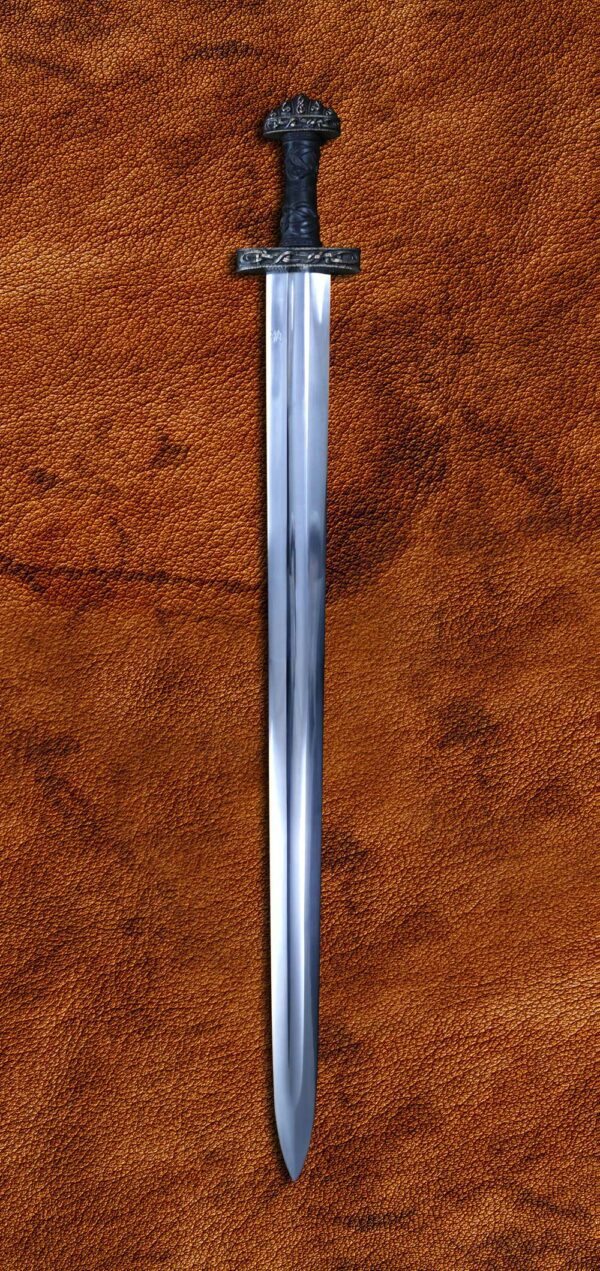
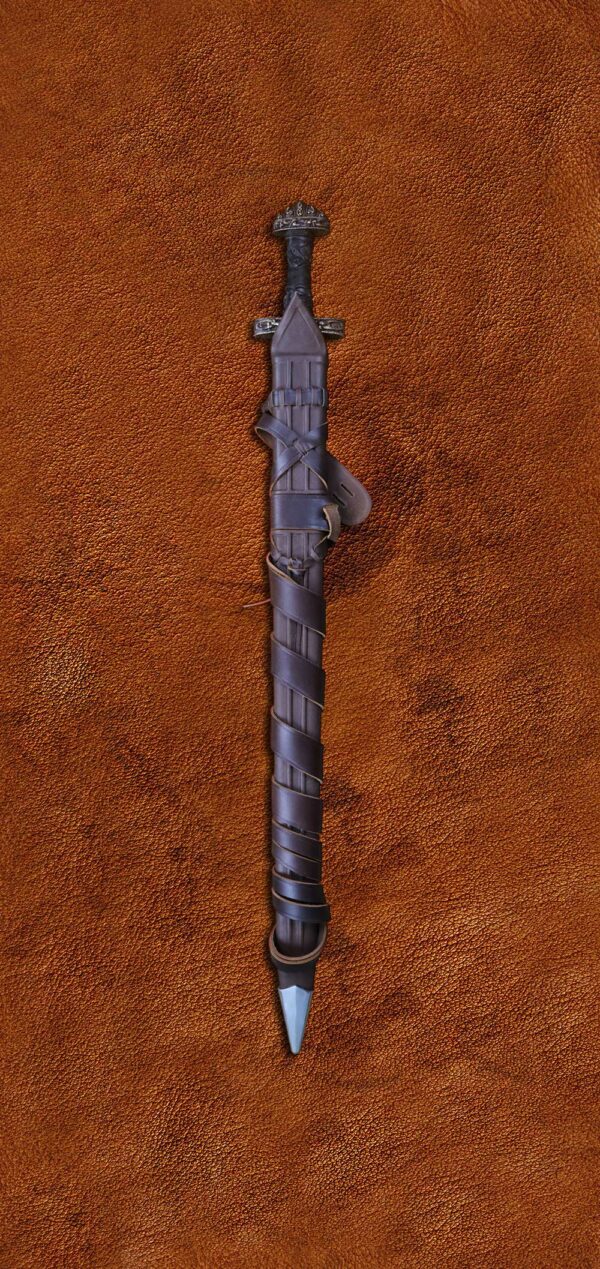
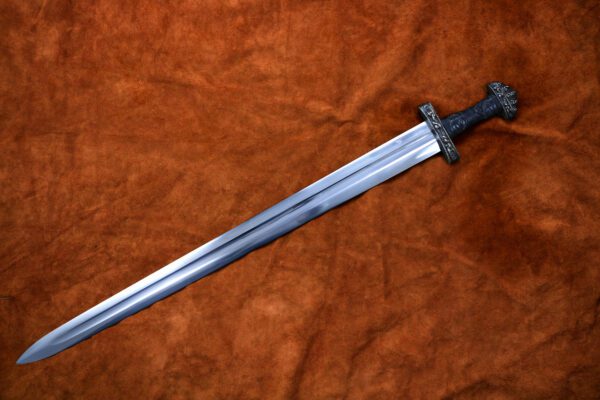
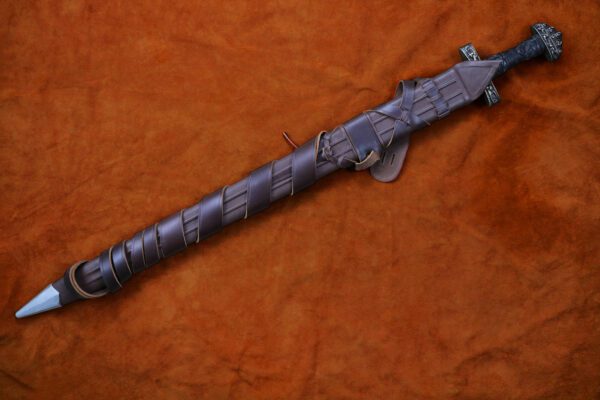









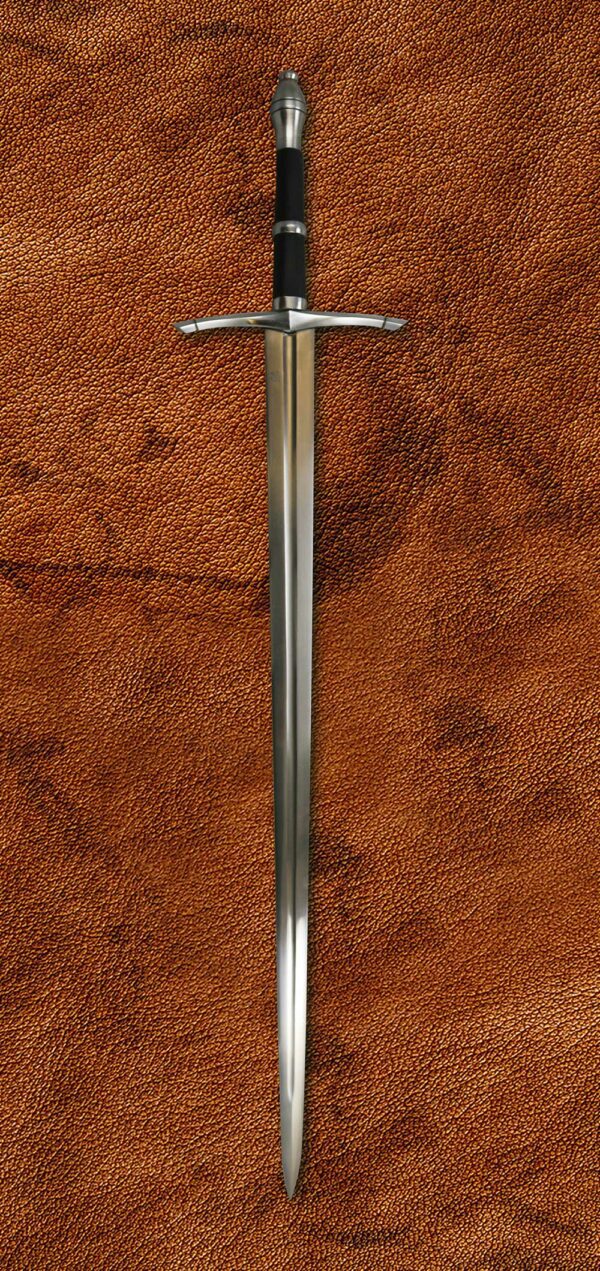
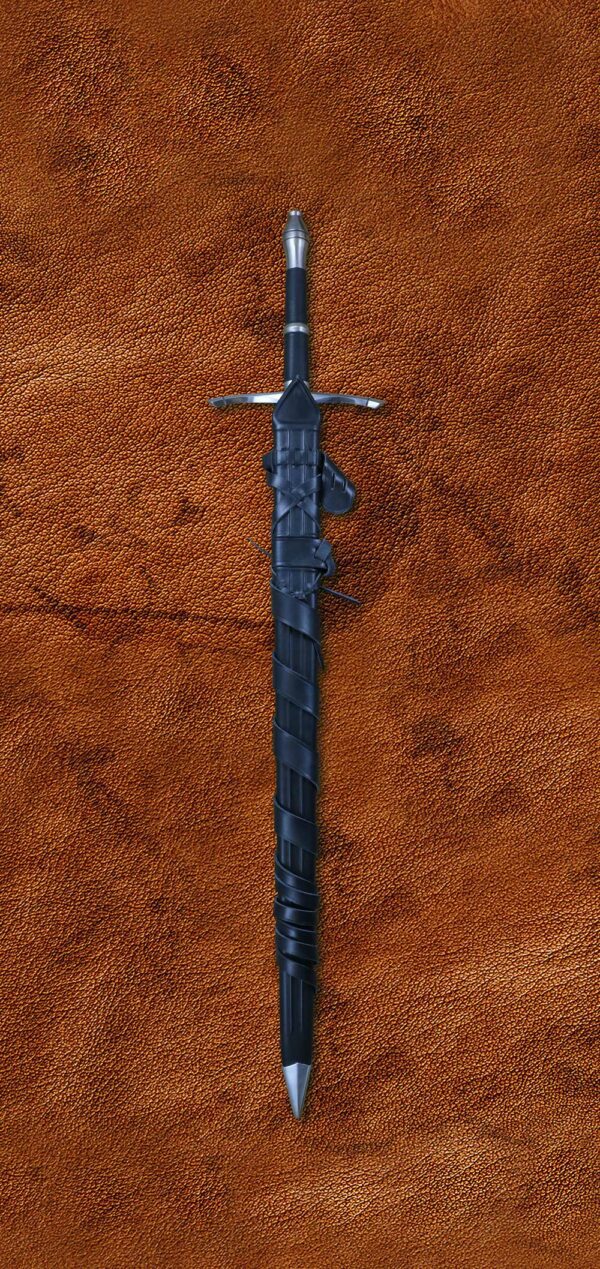
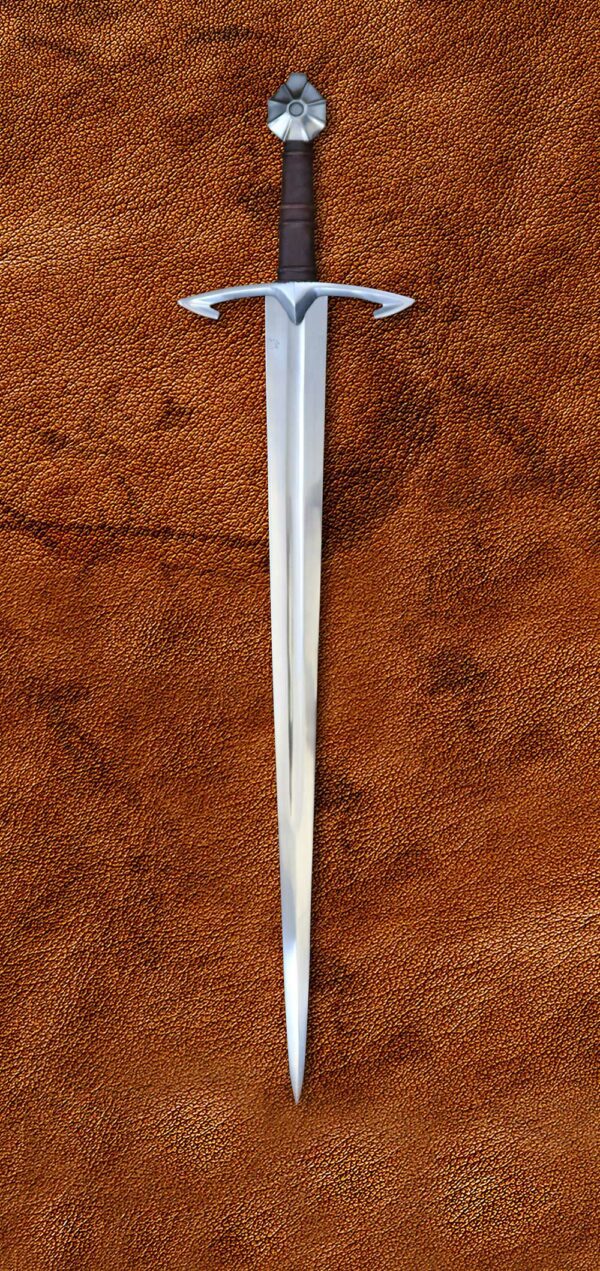
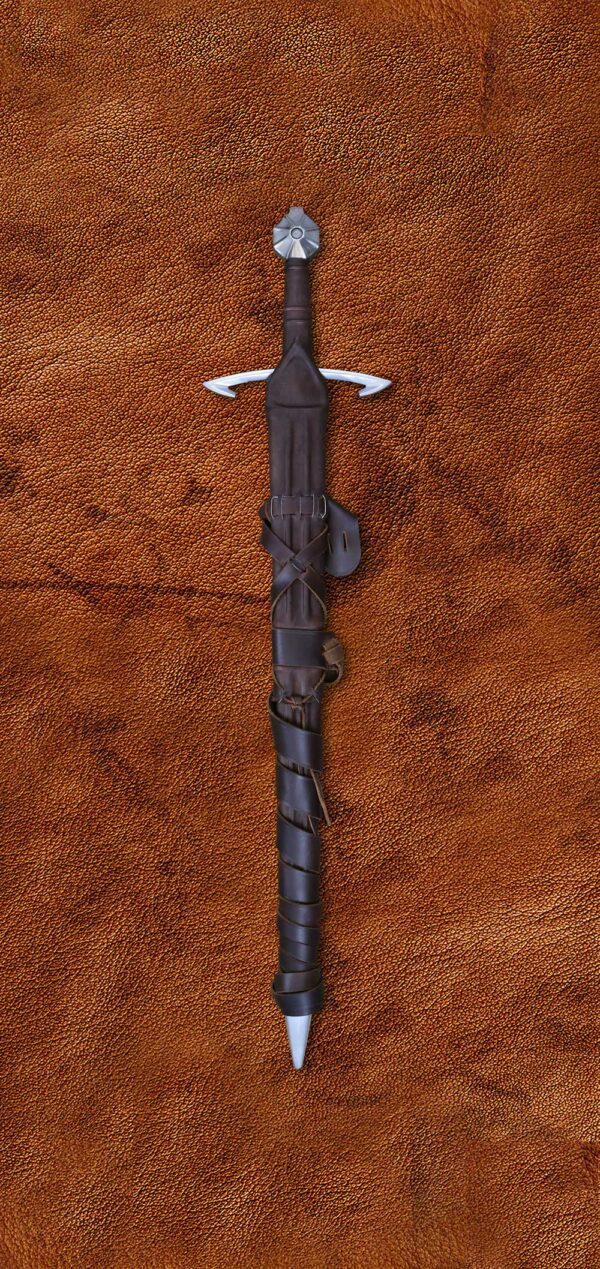
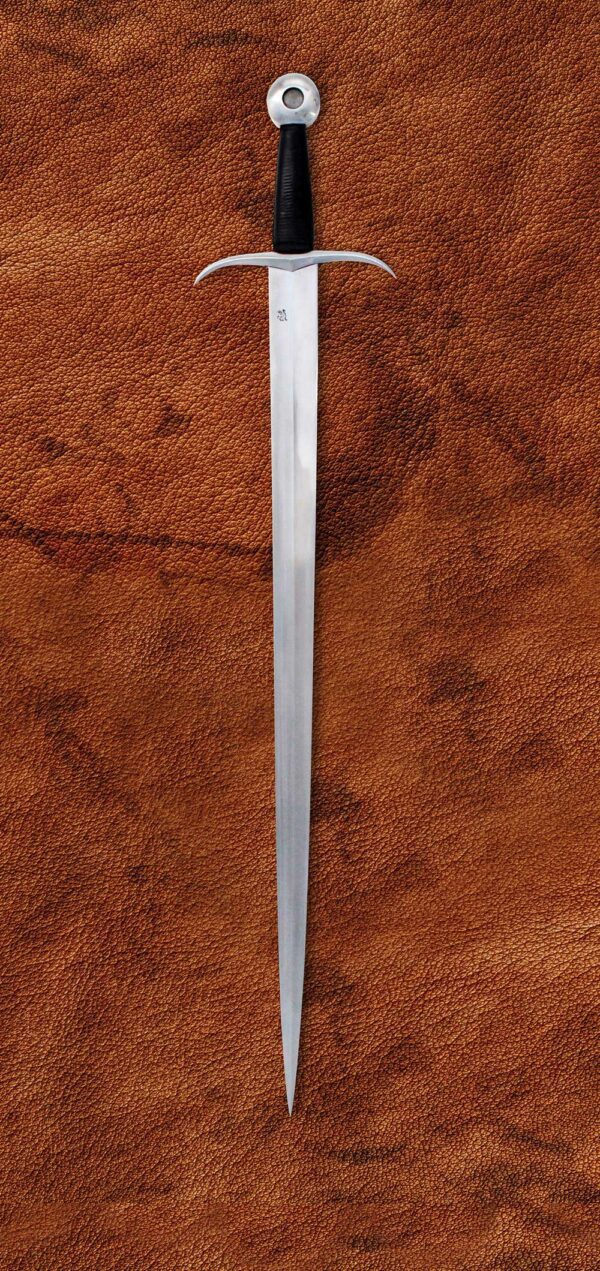
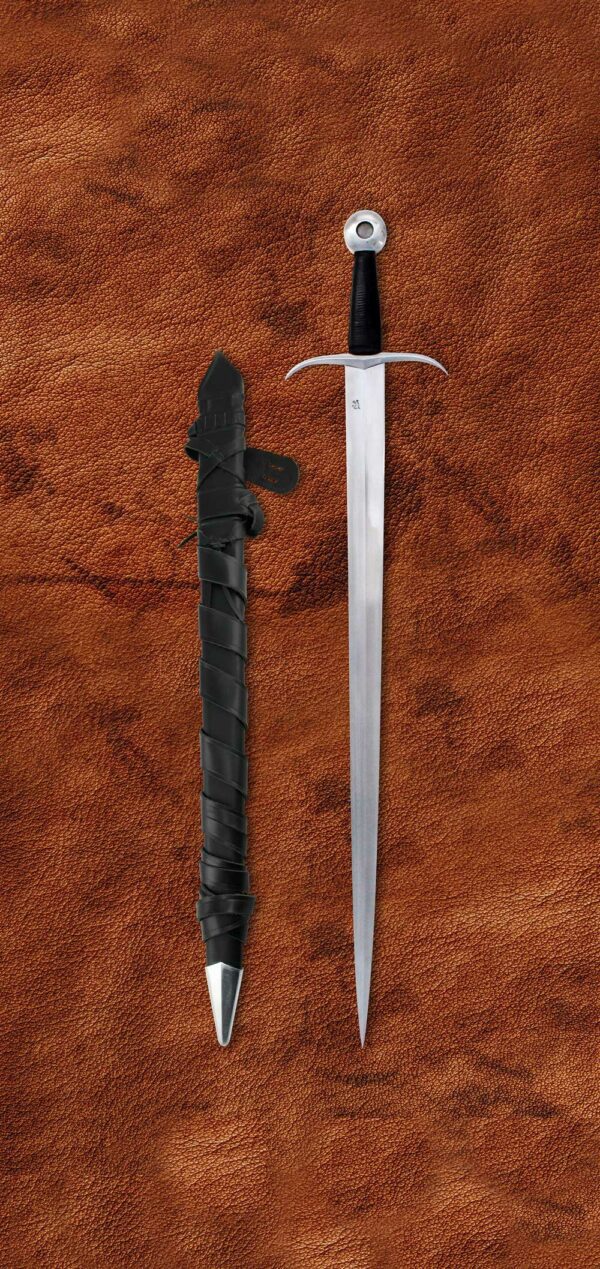

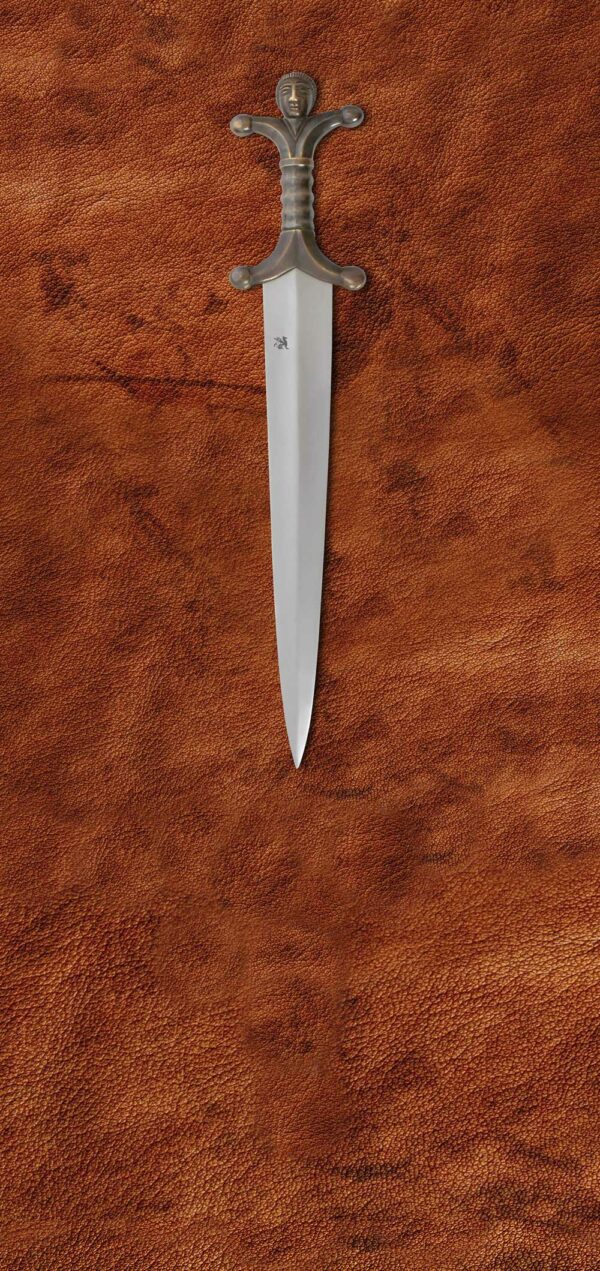
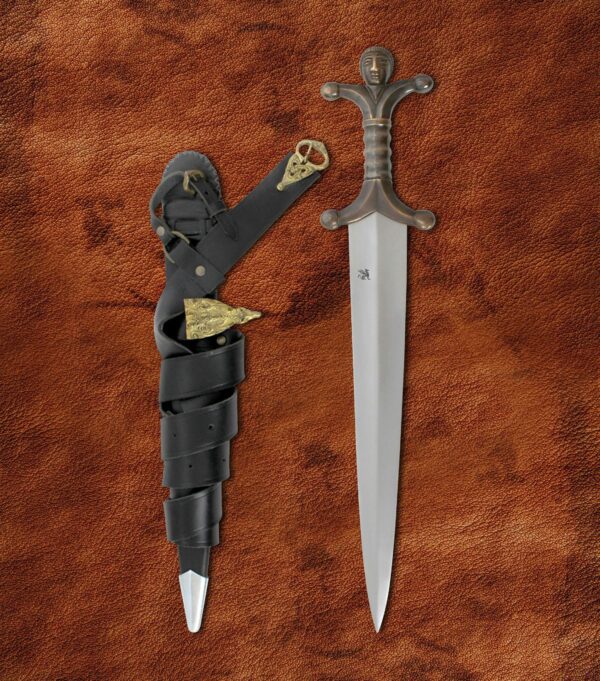
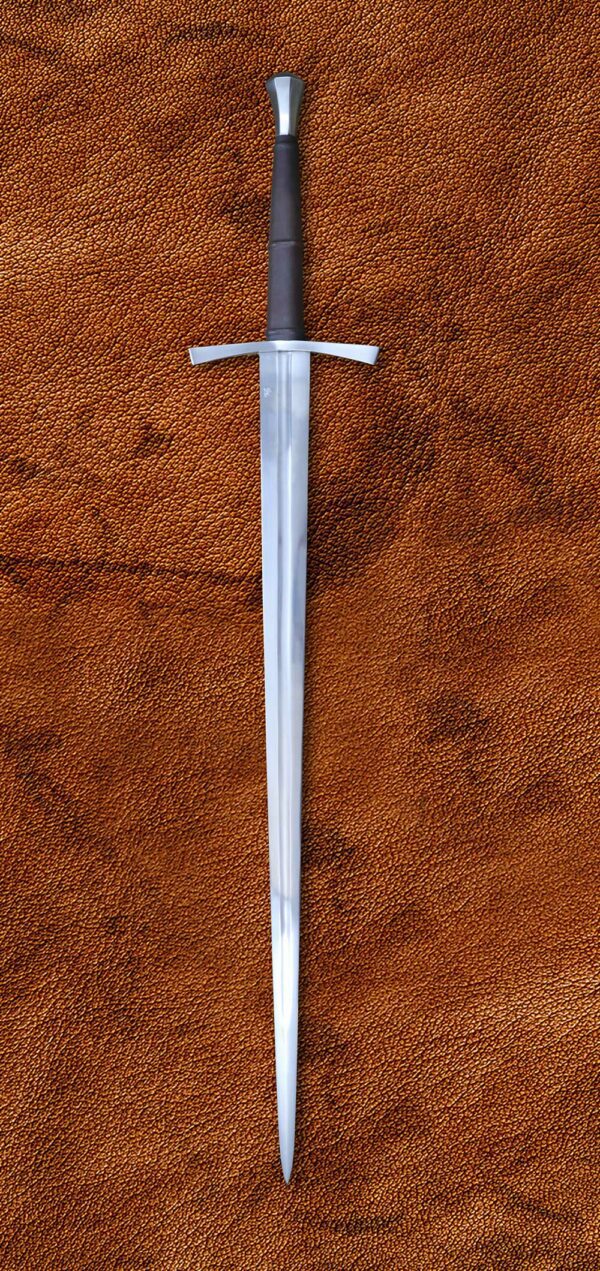
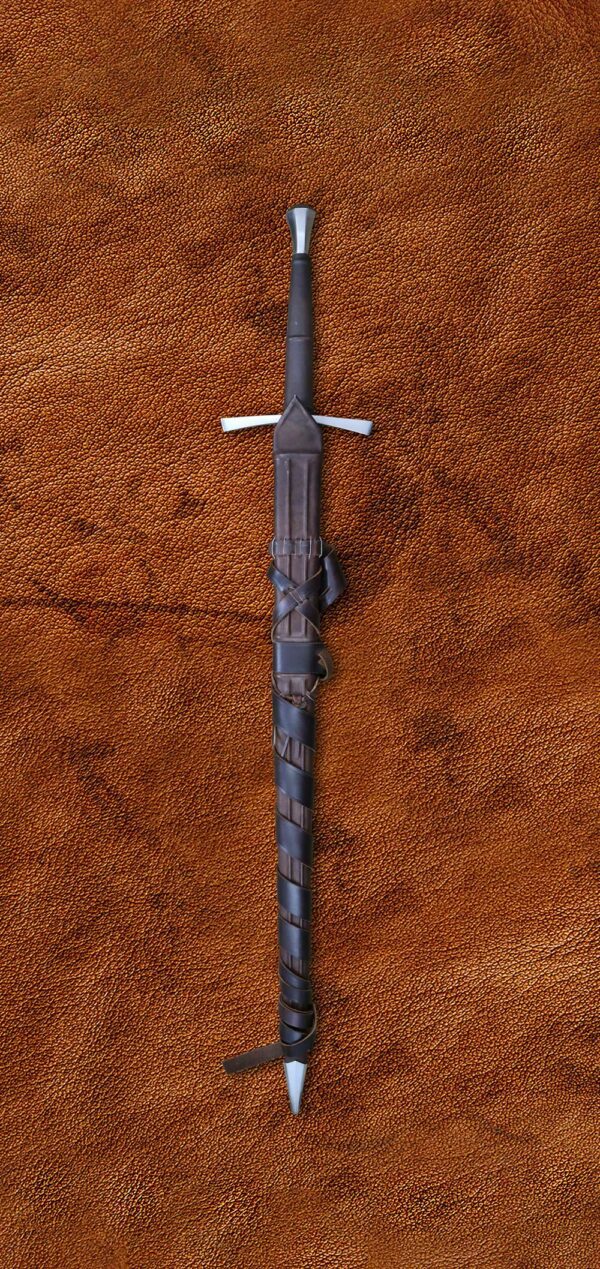
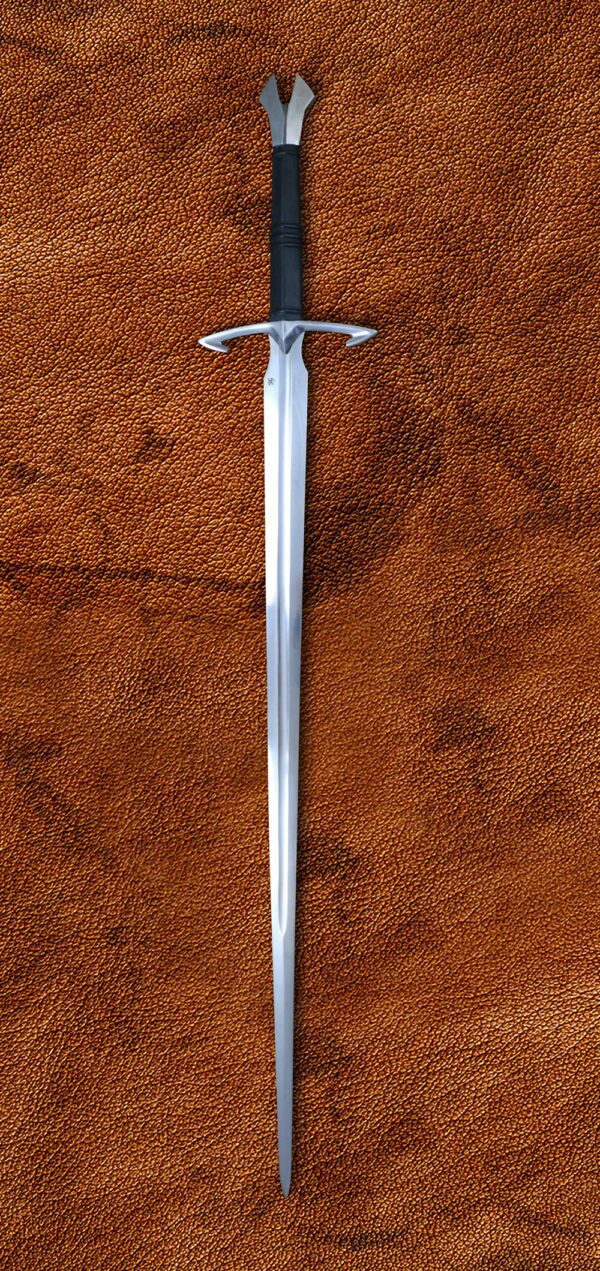
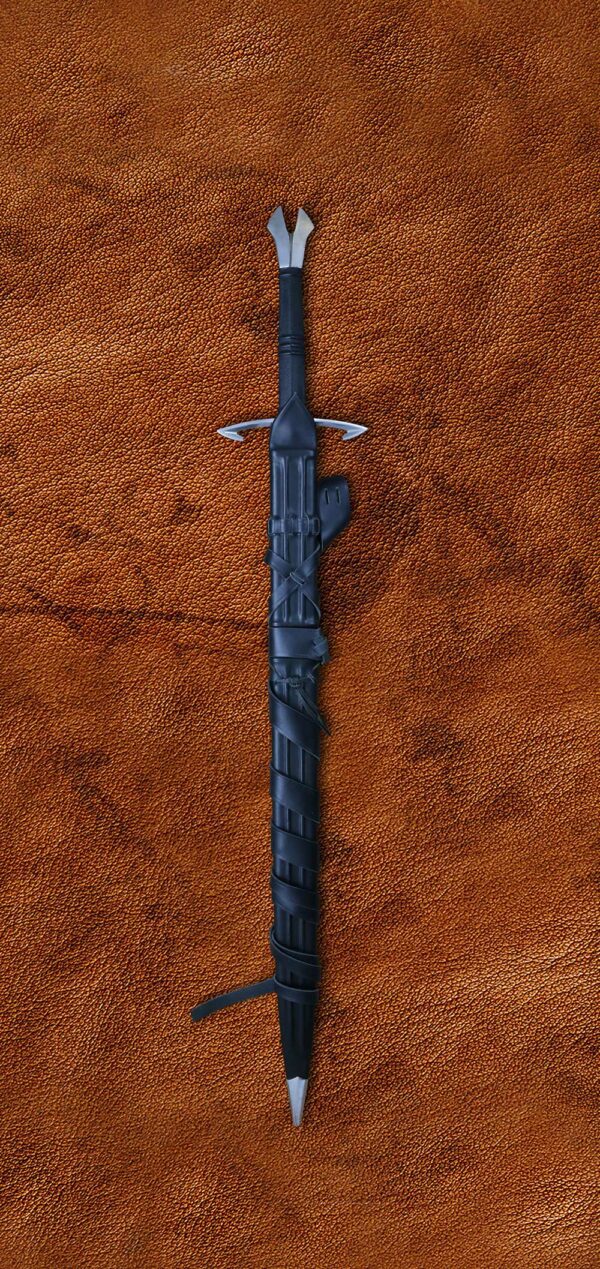
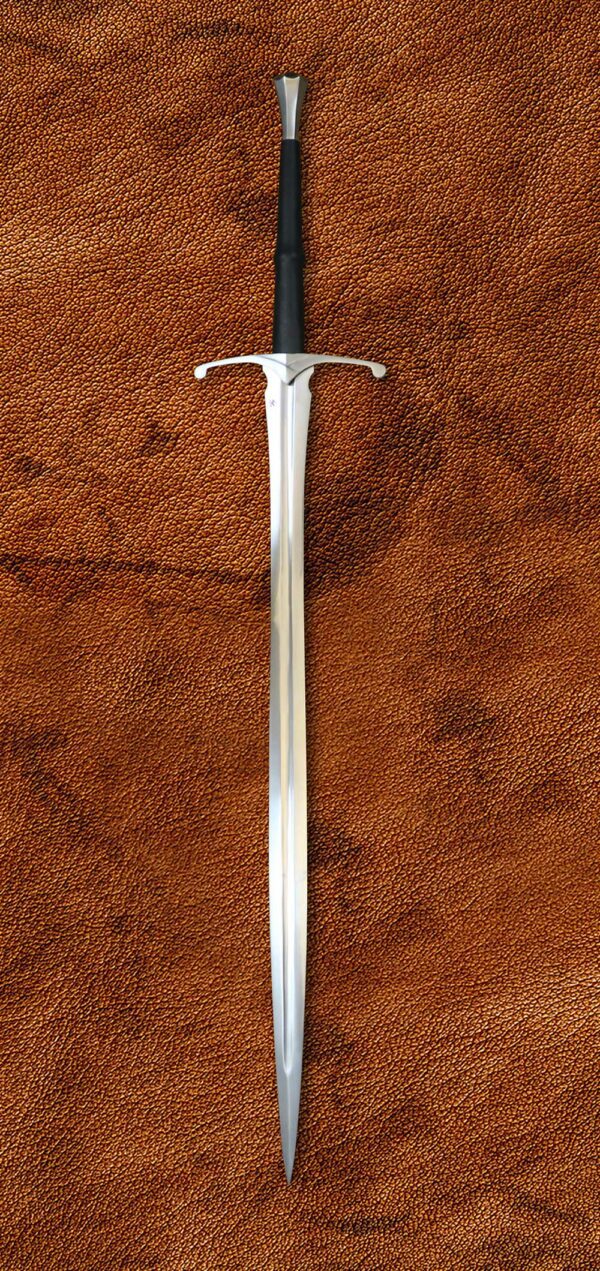
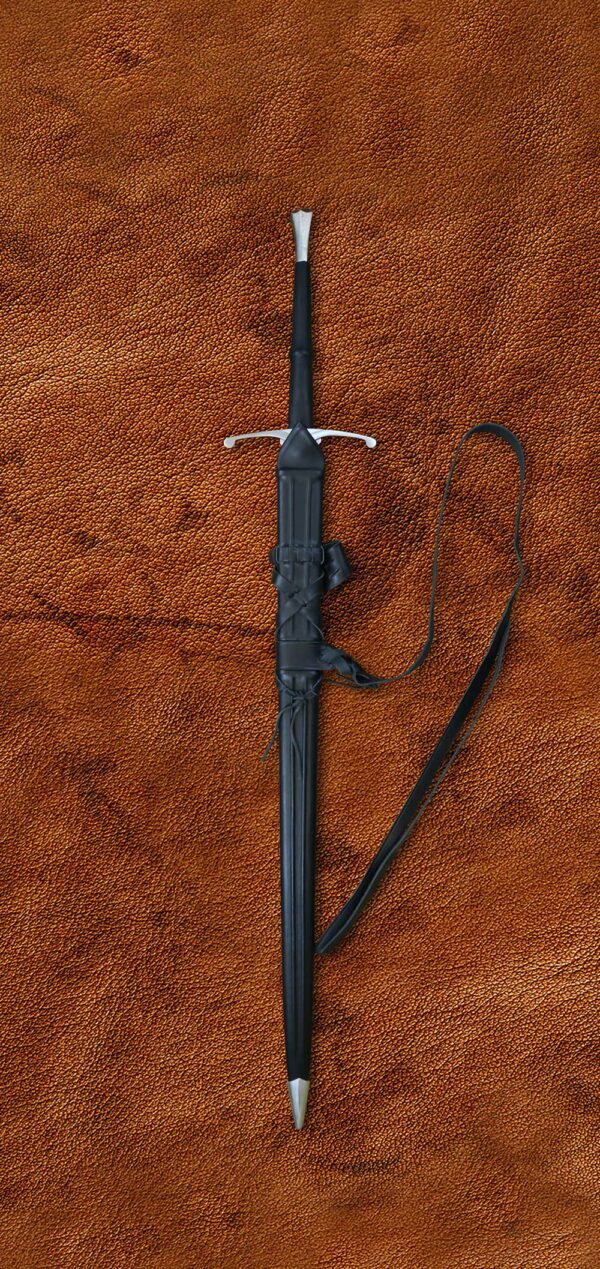
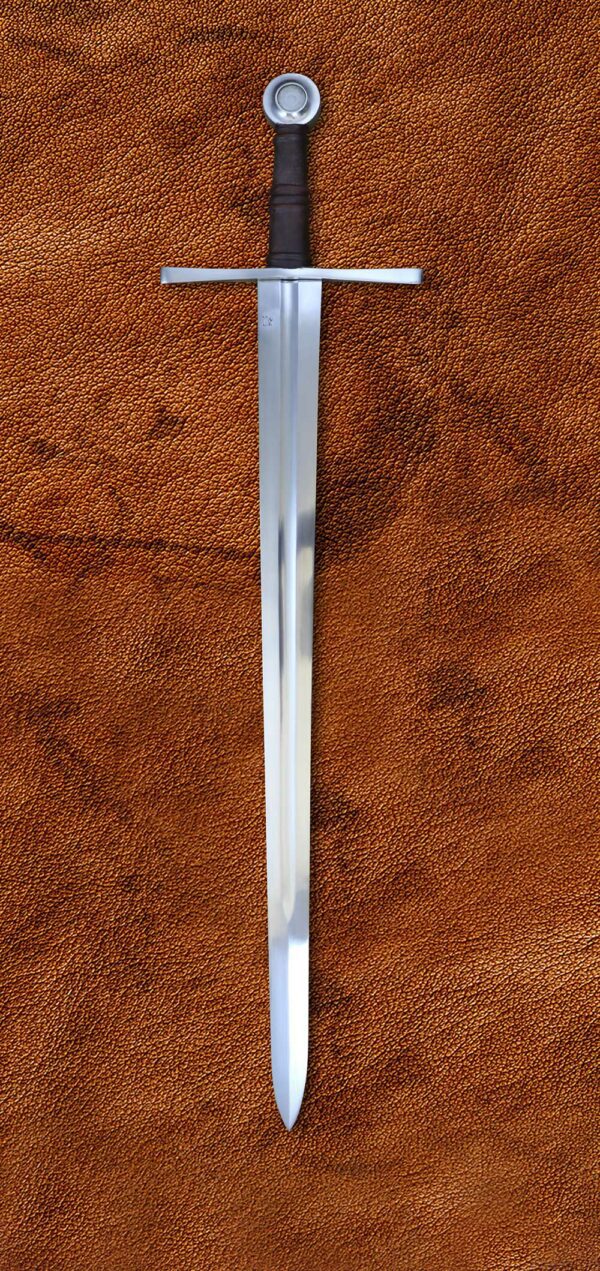
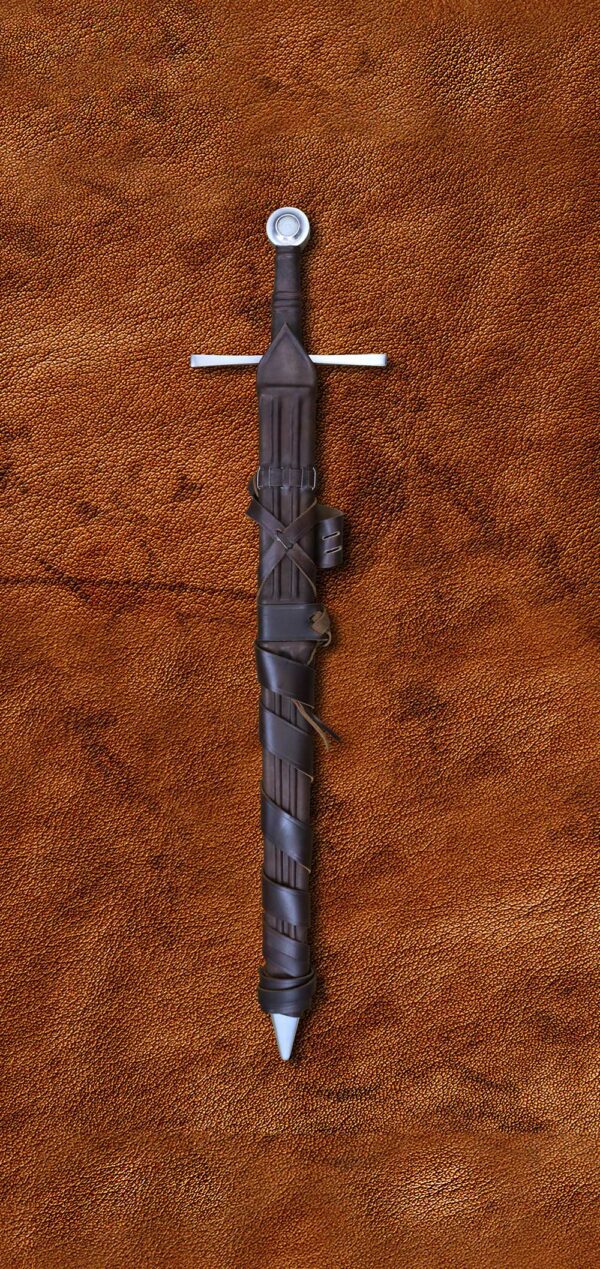
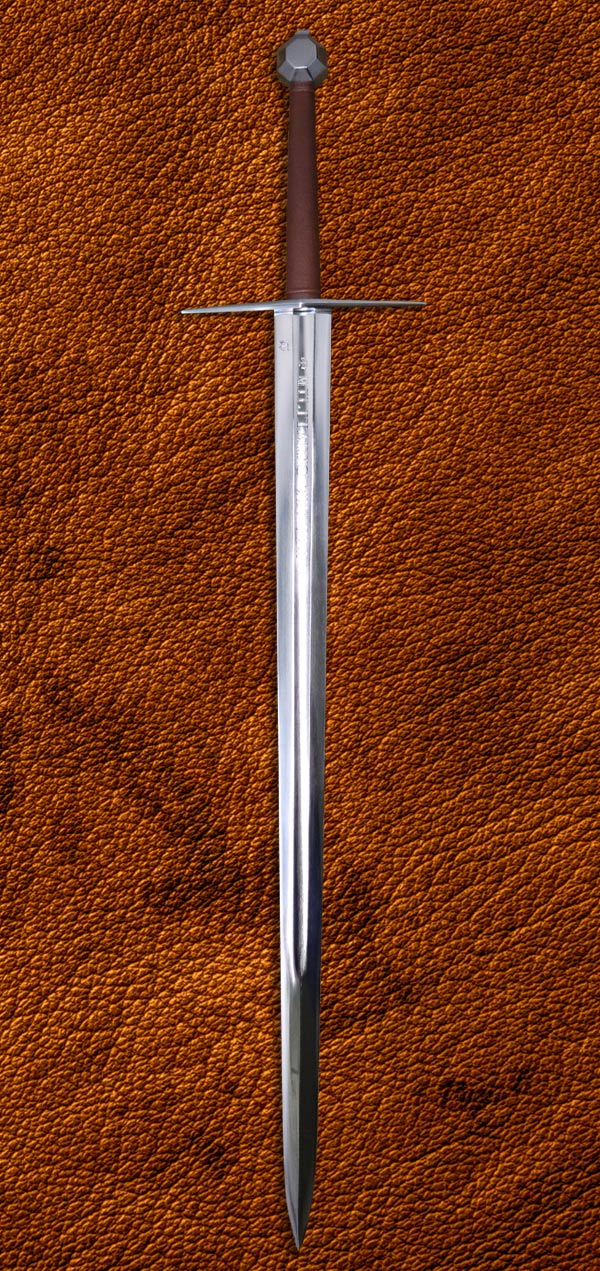
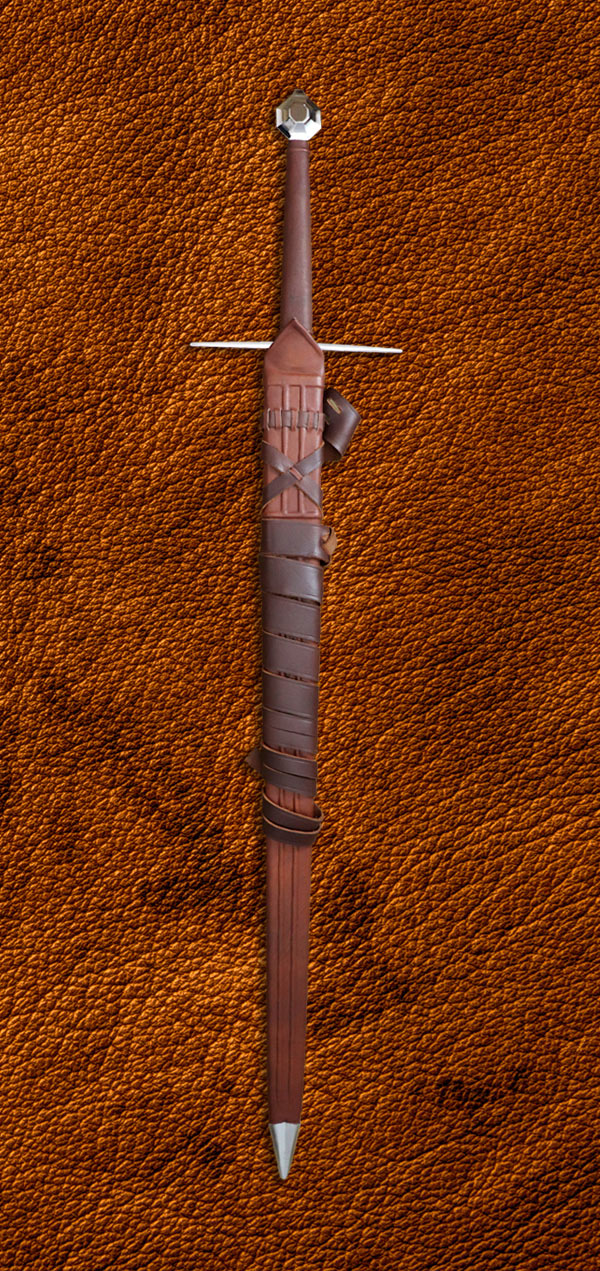
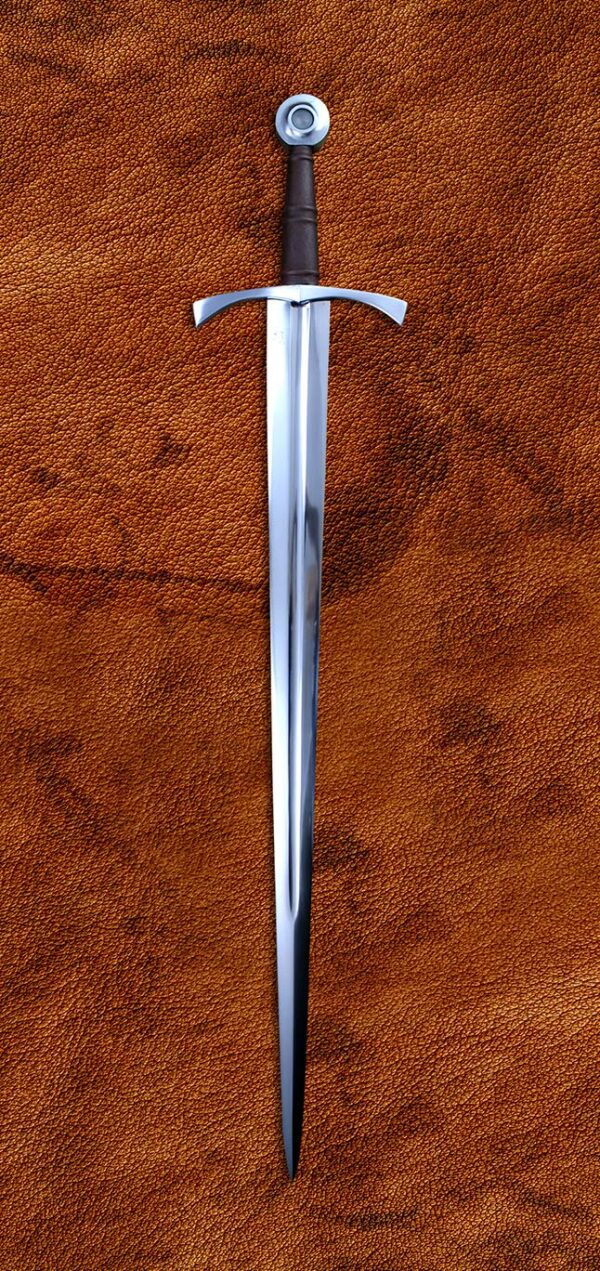
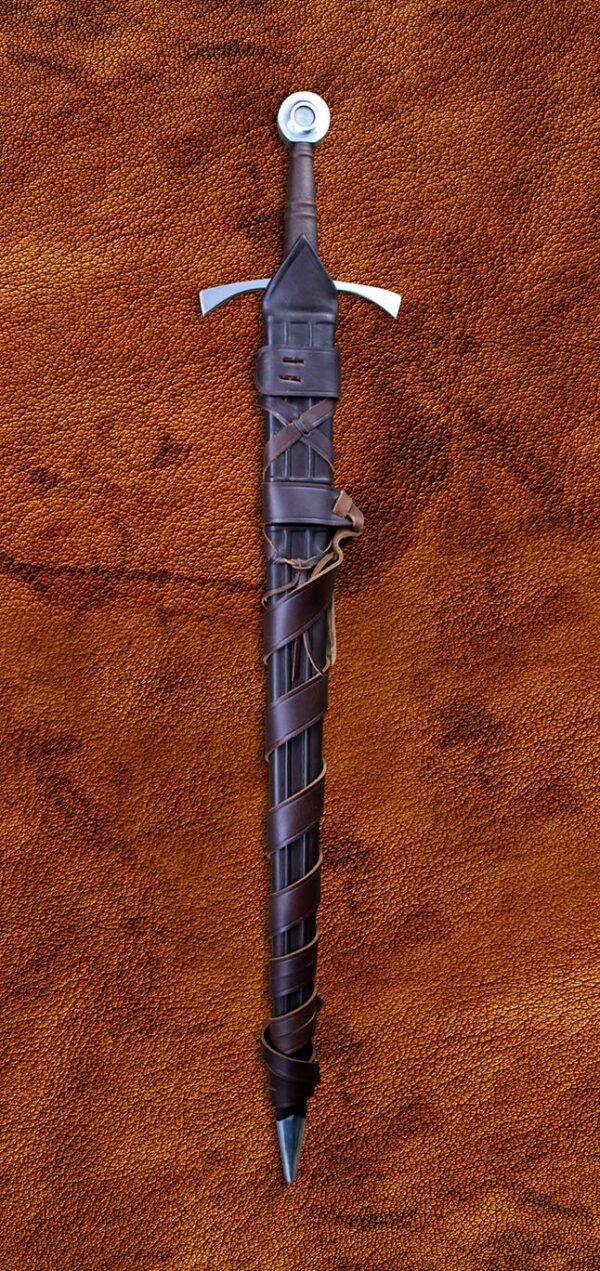
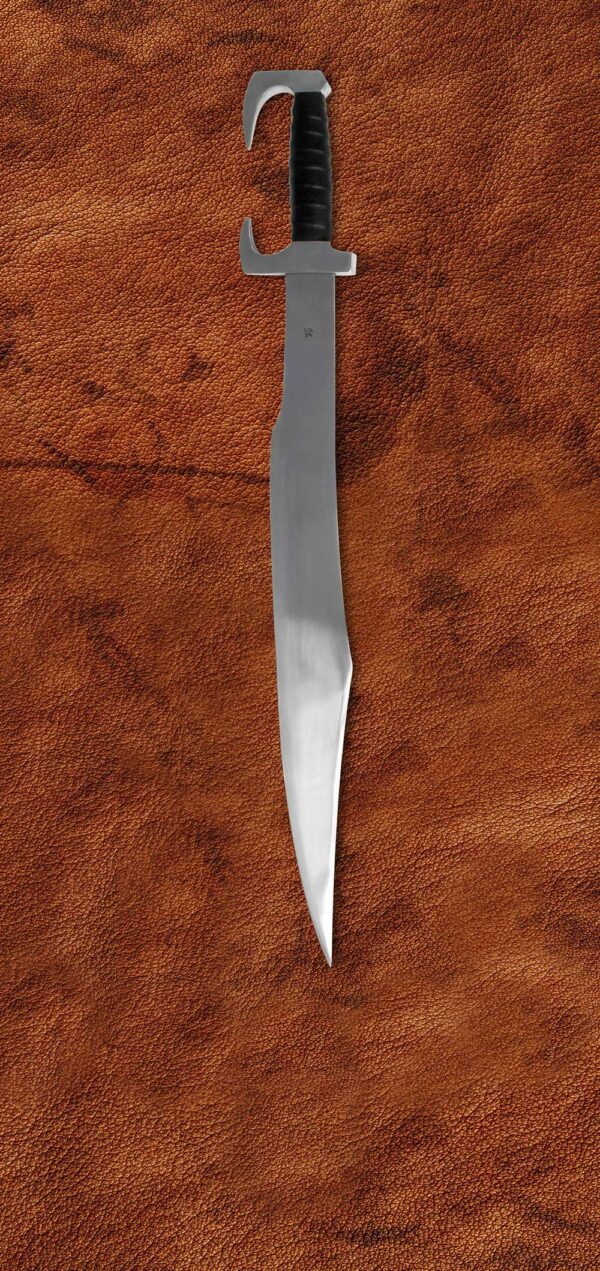
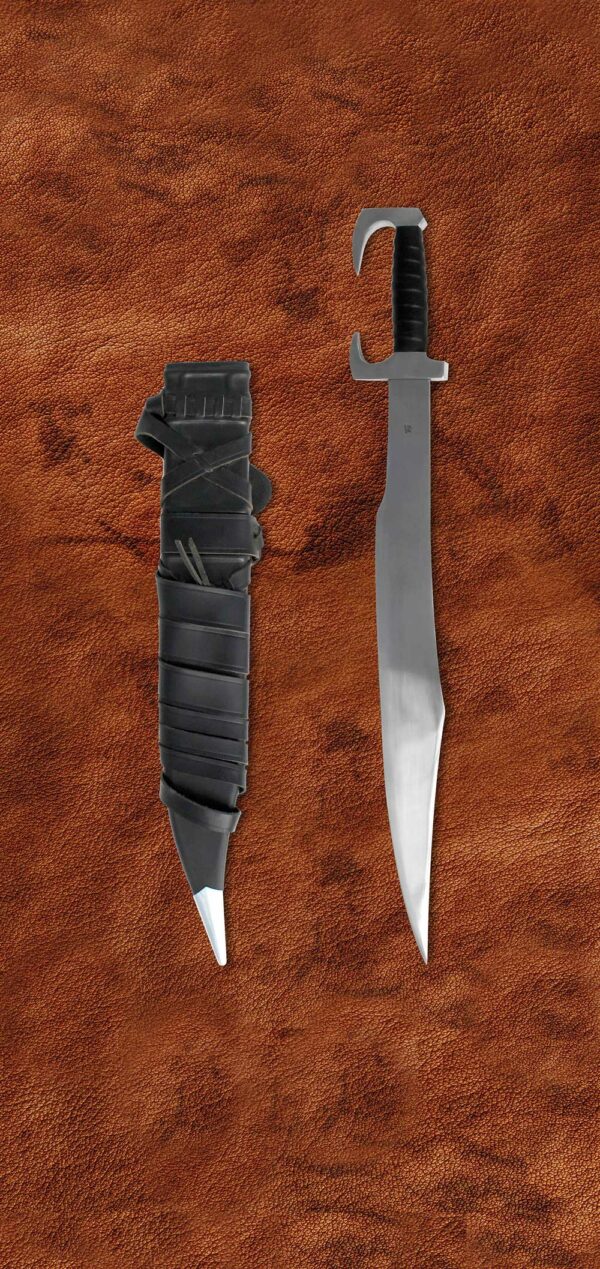
Thodin –
I picked this piece up last year and I haven’t regretted it. It’s very beautiful to behold and felt nice in the hand.
John M Felix –
I received my Oslo Sword last month. Simply beautyfull Sword. Steve at Dark Sword took great care of me. This is my 2nd. Purchase from Dark Sword & it wont be my last.
Philip Cabrera (verified owner) –
Beautiful sword, very functional.
Frank Lombard (verified owner) –
Awesome craftsmanship, awesome sword.